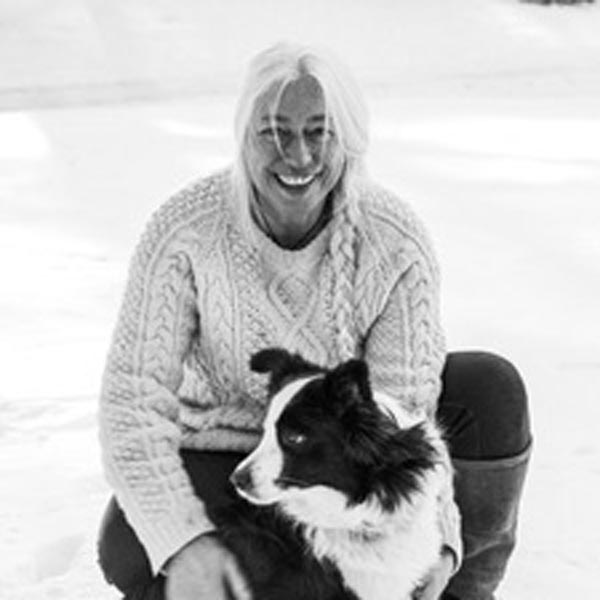
Scholarly & Clinical Work
Graduate Mentorship Program
White Pine Circle
White Pine Healing Arts Clinic

Scholarly & Clinical Work
Graduate Mentorship Program
White Pine Circle
White Pine Healing Arts Clinic

Scholarly & Clinical Work
Graduate Mentorship Program
White Pine Circle
White Pine Healing Arts Clinic
The Next
Graduate Mentorship Program
Begins March 6, 2026
Sign up on our mailing list for updates and to be notified when registration opens
The White Pine, a symbol of interconnection, peace, and enduring life to the Iroquois Confederacy, holds deep personal meaning for Sharon Weizenbaum—whose name means “White Tree.”
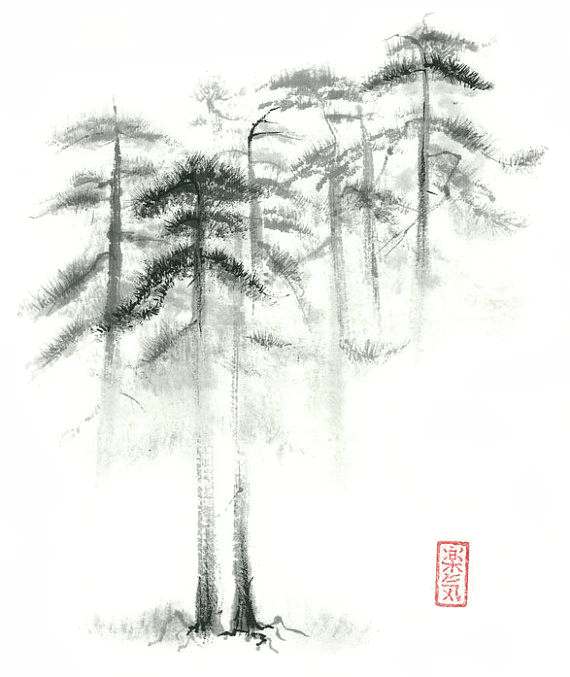
The White Pine is revered for its longevity and towering form, symbolizes endurance, renewal, and the transmission of ancient wisdom.
To the Iroquois Confederacy, it stands for peace and connection—a living bridge between Earth and Heaven.
Traditionally, the tree was a vital source of healing: its needles brewed for scurvy, resin applied to wounds, bark and cambium used to ease coughs and clear the lungs. Even its scent offers medicine—clarifying the mind and refreshing the spirit.
For Sharon Weizenbaum—whose name means “White Tree”—the White Pine is both personal and symbolic. Raised among these trees and now living surrounded by them, she chose the name to reflect the values at the heart of her work: resilience, clarity, and a deep-rooted connection to life and healing.
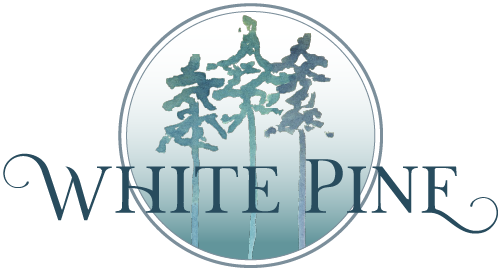
Stay Connected!
Sign up for our newsletter to get the latest announcements about courses, events, and other resources.


